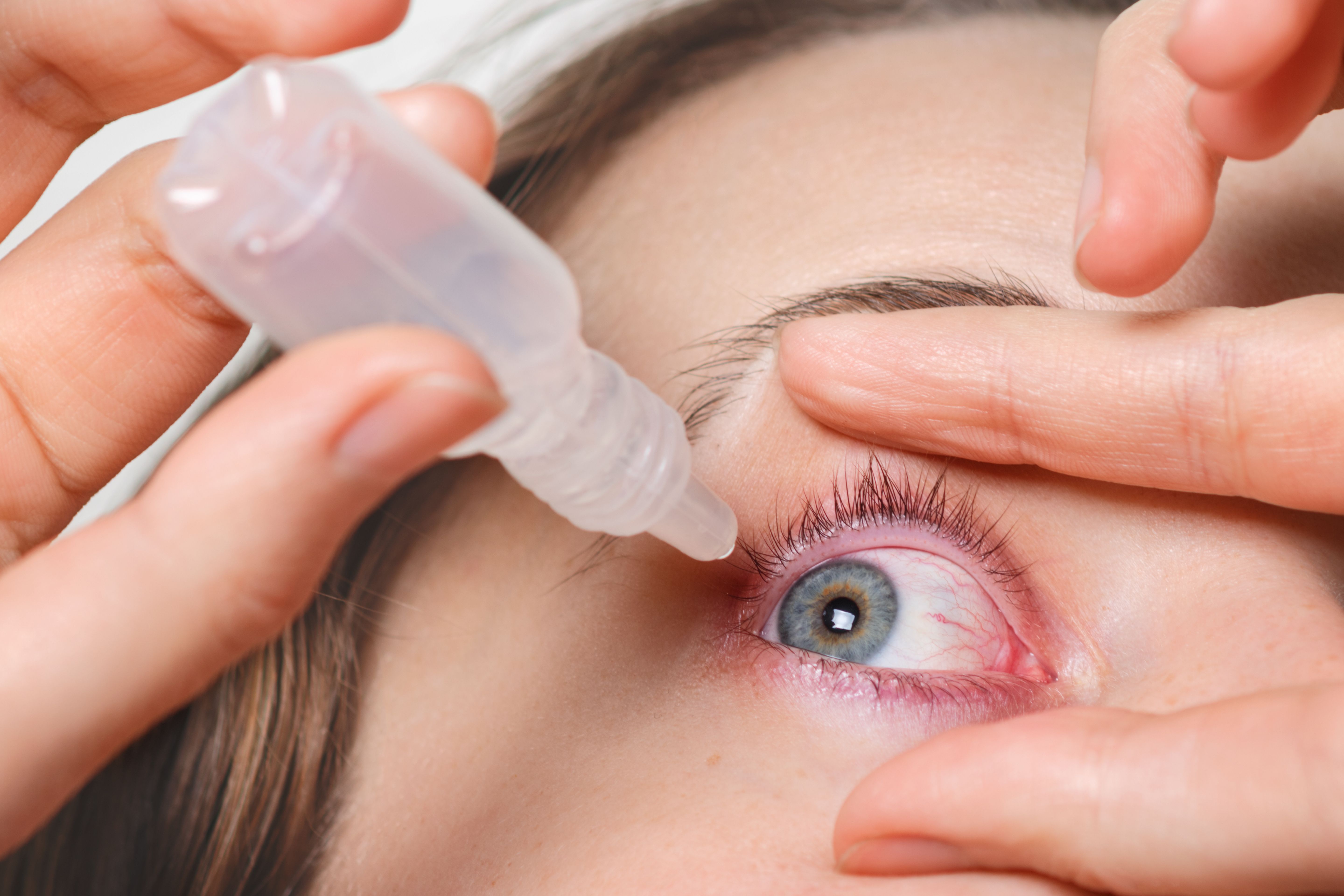Glaucoma drugs and drug delivery: Arising from the pandemic
The future is sustained-release injectables

The 11th Annual New Horizons Forum spotlighted the innovations in glaucoma diagnosis and treatment--innovations that have been flourishing over the past year despite, or perhaps because of, a continuing worldwide pandemic. This segment of the forum showcased some of the technologic advances in the drug and drug delivery arena, the latter of which will overcome the current shortcomings of drop instillation.
Marina Bejanian, PhD, Executive Director, Clinical Development from Allergan, reported research results achieved with Durysta (bimatoprost), a first-in-class biodegradable intracameral implant that delivers the drop to the target tissues. Currently approved in the US for 1 administration in each eye, clinical trials are ongoing to evaluate retreatment with the implant.
Flexible dosing is being evaluated. The clinical trials showed that the duration of intraocular pressure (IOP) lowering extended beyond the expected period of bioavailability in the ocular tissues. A noteworthy finding was that 1 year after a third implant the probability of not needing additional treatment was realized by over 80% of study patients. Many patients have a long duration of IOP control after 1 implant. The current ongoing studies evaluating flexible dosing are the Athena, Triton, and Maia phase 3 extension study are looking at various administration regimens. In the last of these, 54 of 69 patients no rescue treatment for more than 2 years and 18 for 3 years or more. The Morpheus study showed effective IOP lowering over 24 hours.
Sustained delivery has the potential for reliable IOP control and supports patients who cannot use drops, she commented.
Dropless therapy
L. Jay Katz, MD, Chief Medical Officer of Glaukos, described iDoseTR, a nonbiodegradable implant that addresses the chronic side effects and problems with drop administration.
This dropless glaucoma therapy is a special formulation of travoprost. It is a 3-piece device that has an anchor and barrel of titanium capped with a membrane through which a minute amount of drug is eluted slowly over time. The device is inserted through a small corneal incision into the angle through the trabecular meshwork and positioned in place.
The device is currently in a phase 3 trial with more than 1,000 patients tested to control IOP. A phase 2b study that went out to 3 years compared iDoseTR with topical timolol instilled twice daily. The results showed that at 3 years 70% of the iDose arm was controlled using the same or less medication as that used before treatment. A dramatic reduction of IOP of about 8.5 mmHg was seen with few side effects. Dramatic reduction of IOP by about 8.5 mmHg. The timolol group needed more drugs with less IOP lowering.
Another generation, iDose TRX, provides a higher payload of drug to achieve longer durations of action in the eye.
Other drugs, such as rho kinase inhibitors, are being considered for use with the iDose platform and are in preclinical testing.
“We are now at a defining moment in glaucoma treatment and achieving better control with perhaps 100% compliance, with less side effects and fewer quality-of-life issues,” Dr. Katz said.
Implants
Fred Guerard, PharmD, Chief Executive Officer, Graybug Vision, reported on GB-401, a biodegradable produce that is implanted into the posterior chamber with the goal of improved compliance and better clinical outcomes.
GB-401 as an injectable implant of a proprietary pro-drug of a beta-adrenergic receptor inhibitor, administered intravitreally as infrequently as every 6 months to reduce primary open-angle glaucoma or ocular hypertension.
The preclinical study results were encouraging and showed IOP reductions in rate with 1 injection, sustained tissue levels in rabbits for at least 6 months with one injection. The drug was well tolerated and durable.
A first in human study is set to start in the first half of 2023.
Michael Goldstein, MD, MBA, President of Ophthalmology and Chief Medical Officer, Ocular Therapeutix, reported the results with OTX-TIC (travoprost intracameral implant), a biodegradable hydrogel-based travoprost implant for glaucoma and ocular hypertension.
This product was developed to overcome the toxicity issues on the ocular surface that are associated with glaucoma medications and to eliminate the need for monthly injections. The goal with OTX-TIC is that it will last for 4 months or longer. Thus far, OTX-TIC is consistently biodegradable, physically stable in the eye, and does not damage cornea and especially the endothelium.
The product is preservative free and injected during an in-office procedure using a 26- or 27-gauge needle. A phase 1 dose-escalation study has been completed at 5 US sites. Treatment was delivered in 1 eye and drops were instilled in the fellow eye. The researchers observed similar IOP lowering in all cohorts and was on par with travoprost drops. The higher dose cohort had longer durability but not greater IOP lowering capability, he reported.
The device provided consistent IOP lowering throughout the day. Patients in the higher dose cohort (26 mcg) went out to 7 months with 1 implant; the lower dose cohort (5 mcg) went out to 3 months with 1 implant and 80% of those with the lower went out to 6 months.
Ganglion cells
Venkata R. Murthy Chavali, PhD, from the University of Pennsylvania, spoke about producing retinal ganglion cells. These cells produce all the markers of retinal ganglion cells, but the goal was to see if they responded to electrical stimulus. He reported that this did occur and the cells spike action potentials.
In vitro the cells worked well. The next step was implantation into a murine vitreous to rescue vision. At 6 weeks after transplantation, cells were alive and localized to the ganglion cell layer in the murine retina.
They also were seen to be branching and integrated into the retina and extending axons to the retina beneath. The cells were seen to be functional in the retinas and instrumental in restoring vision in the retinas.
“The cells were not only integrated into the retina, but we tracked them being integrated into the optic nerve and we could see visual restoration,” he said.